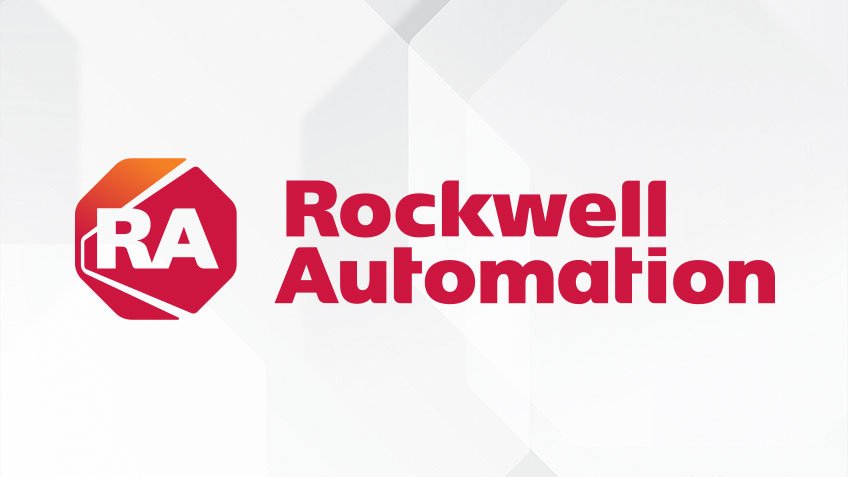I found that Rockwell Automation (a.k.a. AllenBradley) has a webpage that discusses their supply-chain and delivery-time situation.
Updated information about our global supply chain for our channel partners and customers.

www.rockwellautomation.com
Click the "View the lead times now" button.
For the non industrially oriented ...
The ControlLogix, CompactLogix, and GuardLogix components are PLCs (programmable logic controllers) which are used for controlling the sequencing of equipment. "When input 1 (operator start button) is pressed and emergency-stop is clear and guard-permissive is clear and part-presence is true then initiate auto cycle. Step 1 fire this air cylinder and wait until sensor X input goes high. Step 2 turn on motor contactor A." and so forth. That sort of thing is what it does. They are everywhere, and all but the simplest automated processes and equipment can't function without them. Six months delivery. "180+" basically means they don't know when they'll get them.
The I/O (input-output) modules are how those PLC components interface with wired components (valve solenoids, relays, motor contactors, sensors, etc). Can't get those for a long time, either.
A PanelView is a touchscreen operator interface. It's how operators interact with the equipment. Shows the status of sensors and processes, includes "buttons" for turning things on and off, etc. Pretty hard for all but the simplest equipment to function without those.
A Kinetix servo drive is the control unit for a servo motor - it's a type of electric motor, but one with high position accuracy. A regular motor just "spins". A servo motor is "go to position XXX" or "follow this motion profile". This is the type of motor that allows a robot to move its arm in a precisely controlled path, or a CNC machine to operate its tools and spindles following precise paths and so forth.
The PowerFlex drives are the ones I posted about before. Those are for operating a regular AC motor, but instead of the motor speed being (almost) locked to 60 Hz AC frequency, they can operate the motor at whatever speed you want, and they can ramp the speed up or down smoothly instead of starting with a big jolt and coasting forever to a stop the way a motor locked to line frequency does.


















